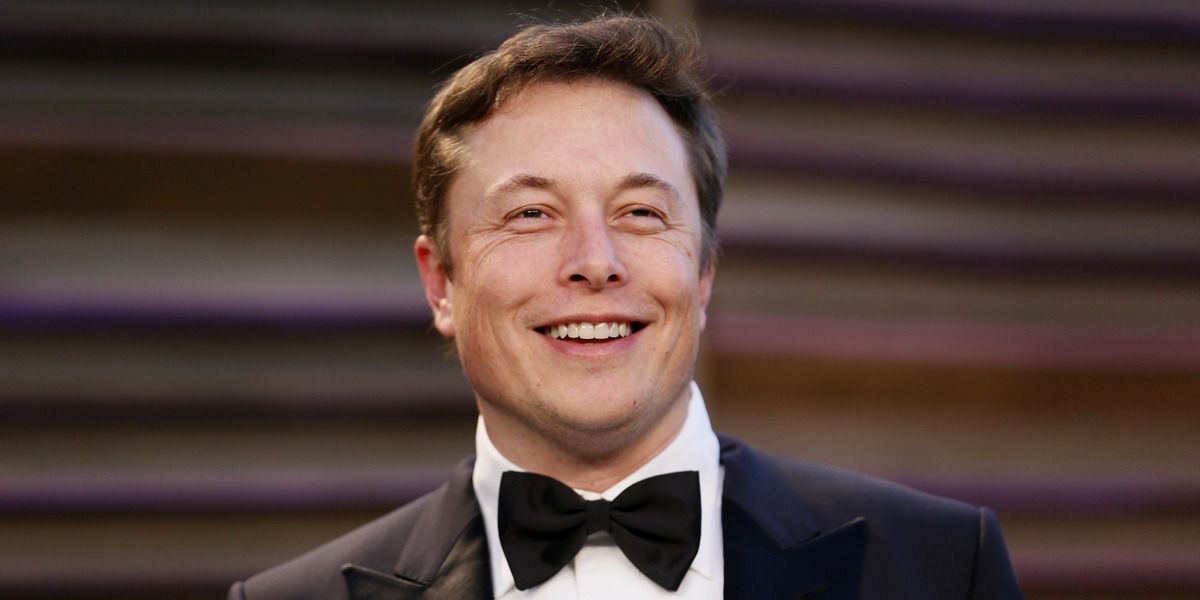May 7, 2017 Elon Musk discusses his new project digging tunnels under LA, the latest from Tesla and SpaceX and his motivation for building a future on Mars in conversation with TED’s Head Curator, Chris Anderson.
Category: Elon Musk – Page 272
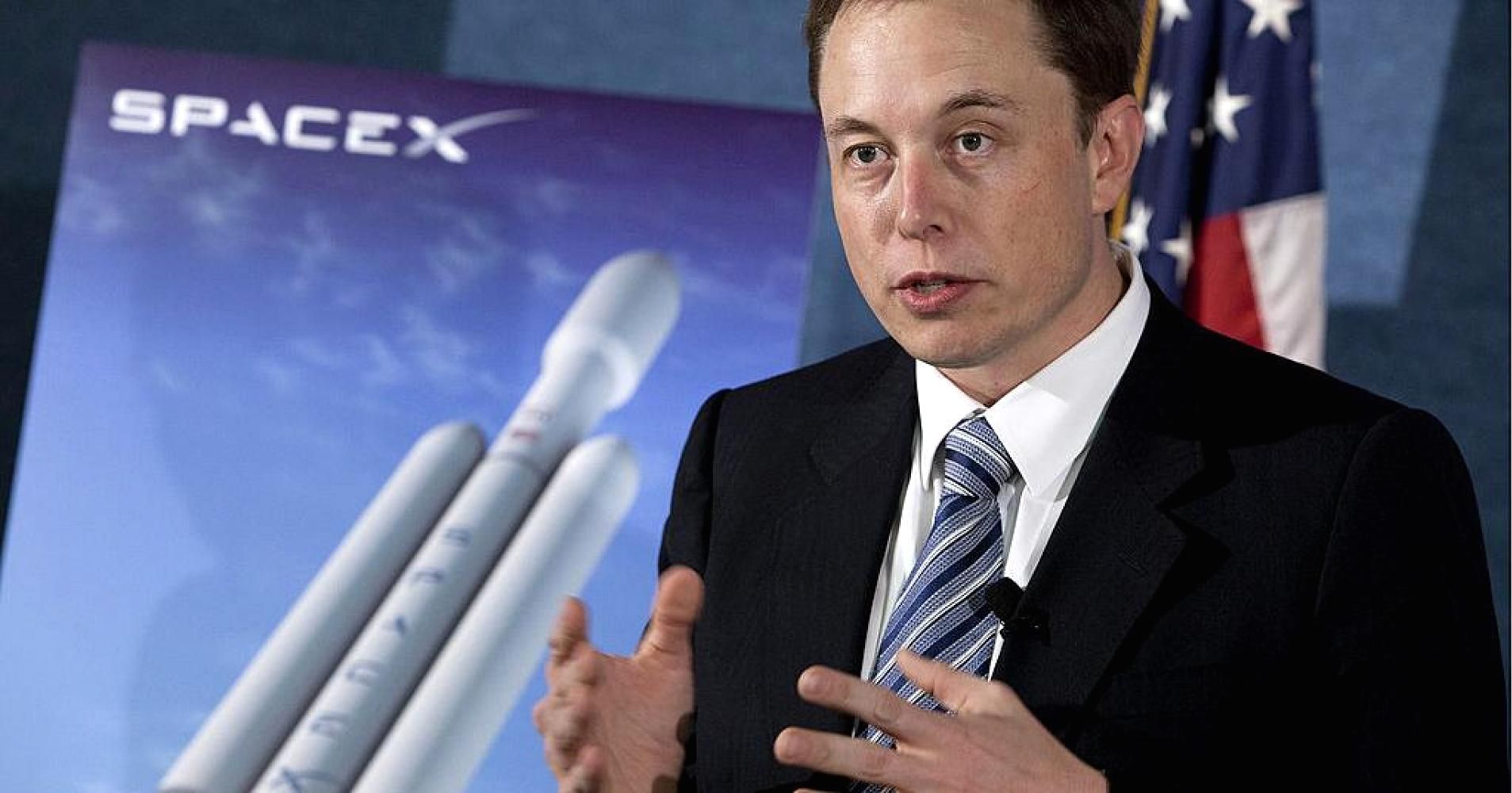
Elon Musk’s SpaceX plans to send the first of its 4,425 super-fast internet satellites into space in 2019
Elon Musk’s SpaceX plans to start launching satellites into orbit in 2019 to provide high-speed internet to Earth.
In November, the company outlined plans to put 4,425 satellites into space in a Federal Communications Commission (FCC) filing. But the document gave little detail on the timeline.
However on Wednesday, Patricia Cooper, SpaceX’s vice president of satellite government affairs, said later this year, the company will start testing the satellites themselves, launch one prototype before the end of the year and another during the “early months“ of 2018. Following that, SpaceX will begin its satellite launch campaign in 2019.
Rep: #TheRaceforSpace
Congressman Charlie Crist on Elon Musk’s space efforts in Florida: “What Mr. Musk has been able to do [with SpaceX and solar energy] is nothing short of extraordinary.”
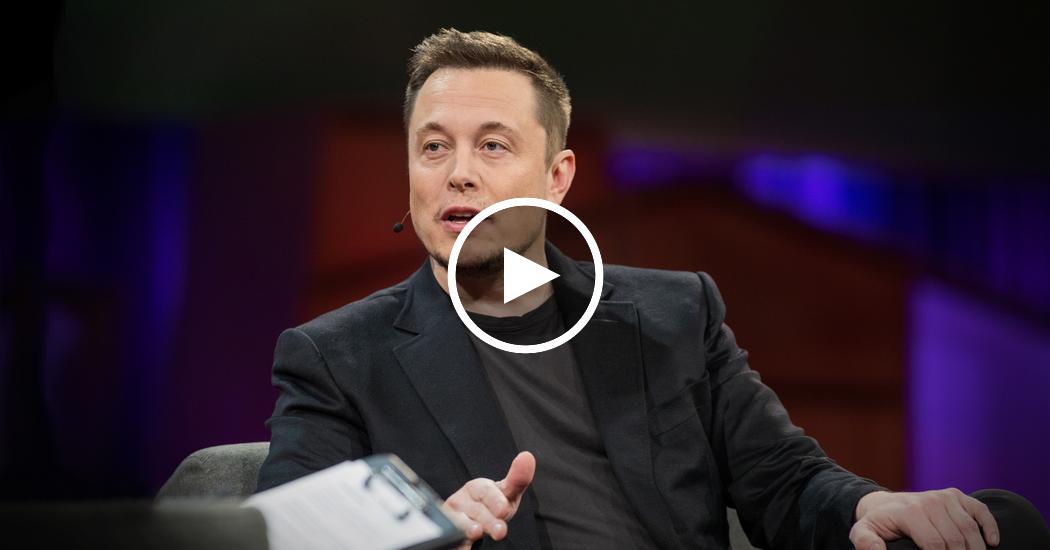

Dubai is to test the feasibility of hyperloop trains
FOR years Elon Musk, a South African-born tech entrepreneur, has been telling anyone who will listen that the future of travel is the hyperloop. (Although he thinks it might also be driverless cars. Or perhaps affordable space travel.) Dubai may be about to test the limits of Mr Musk’s imagination.
The hyperloop is a train that moves along a tube that is kept at a thousandth of the normal atmospheric pressure at sea level. Because air resistance is one of the biggest obstacles to high-speed travel, all but eliminating it means that hair-raising velocity becomes possible. The proposed technology could shunt passengers along tunnels at perhaps 745mph, which is faster than a jet plane.
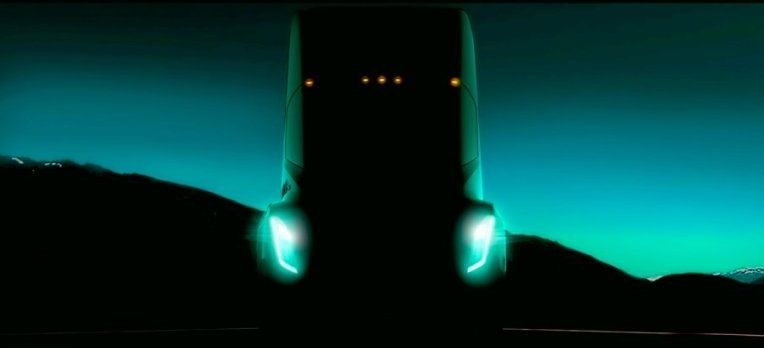
Elon Musk teases Tesla electric semi truck, up to 4 new Gigafactory locations
Elon Musk was on stage at the 2017 TED Conference in Vancouver on Friday, and he revealed some of his tunnel work and aspirations, but he also talked about a few ongoing Tesla projects he’s referenced before. The multi-CEO showed a shadowy image that gives us our first look at what his forthcoming electric Semi Truck will look like, and also let drop the suggestion that Tesla will likely announce four new global Gigafactory locations sometime this year.
Elon Musk teased semi-truck at TED talk. pic.twitter.com/sY0w7KSsTx
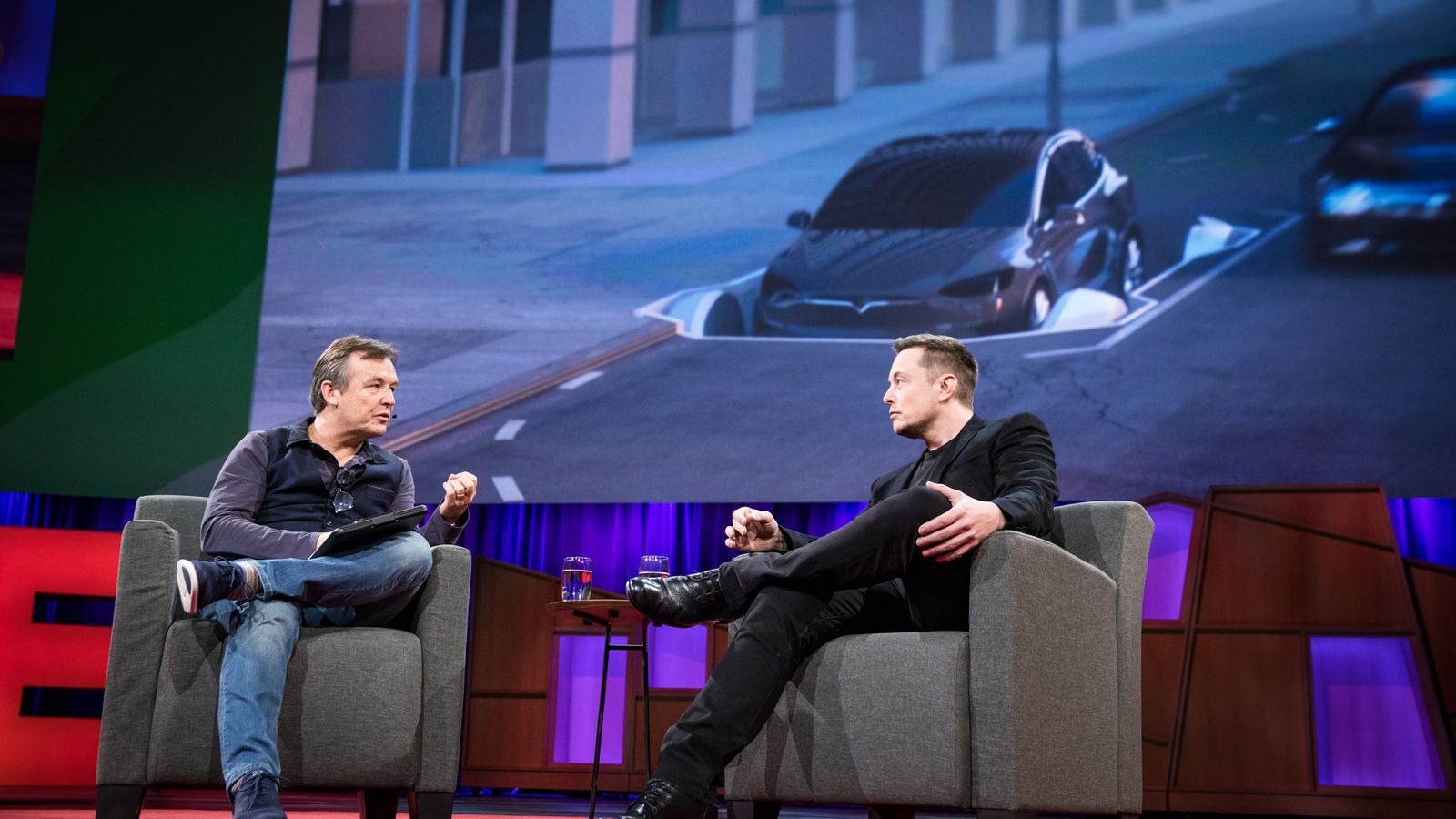
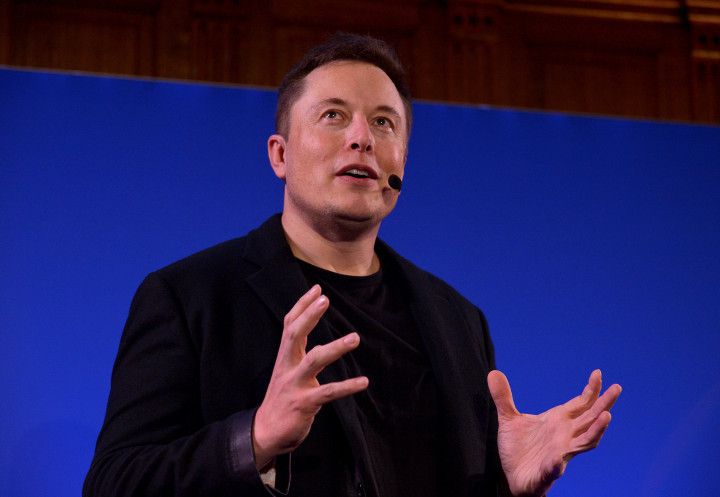
Elon Musk Outlines His Mission to Link Human Brains With Computers in 4 Years
What you do on the Internet is nobody’s business but yours. At ProxySite.com, we stand between your web use and anyone who tries to sneak a peek at it. Instead of connecting directly to a website, let us connect to the website and send it back to you, and no one will know where you’ve been. Big Brother (or other, less ominous snoops) won’t be able to look over your shoulder and spy on you to see what you’re reading, watching or saying.
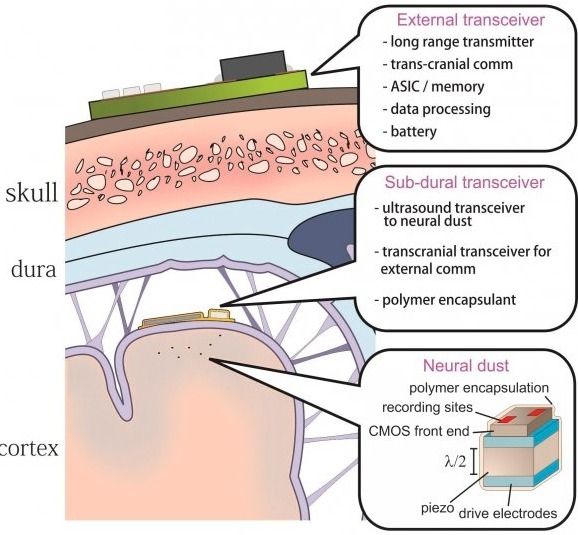
Elon Musk wants to enhance us as superhuman cyborgs to deal with superintelligent AI

It’s the year 2021. A quadriplegic patient has just had one million “neural lace” microparticles injected into her brain, the world’s first human with an internet communication system using a wireless implanted brain-mind interface — and empowering her as the first superhuman cyborg. …
No, this is not a science-fiction movie plot. It’s the actual first public step — just four years from now — in Tesla CEO Elon Musk’s business plan for his latest new venture, Neuralink. It’s now explained for the first time on Tim Urban’s WaitButWhy blog.
